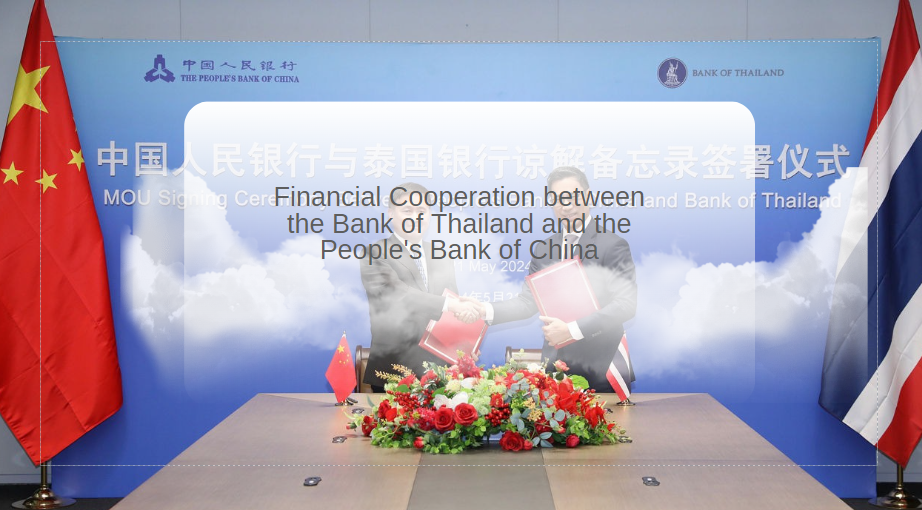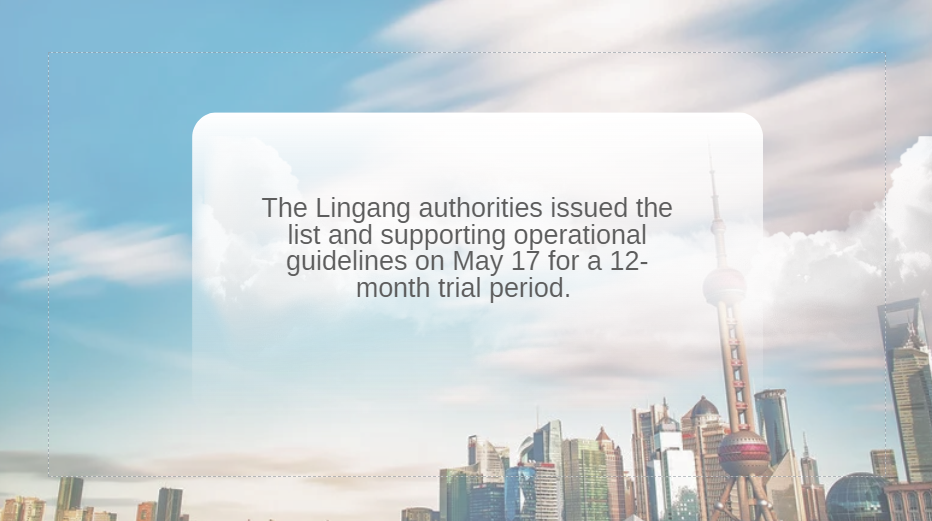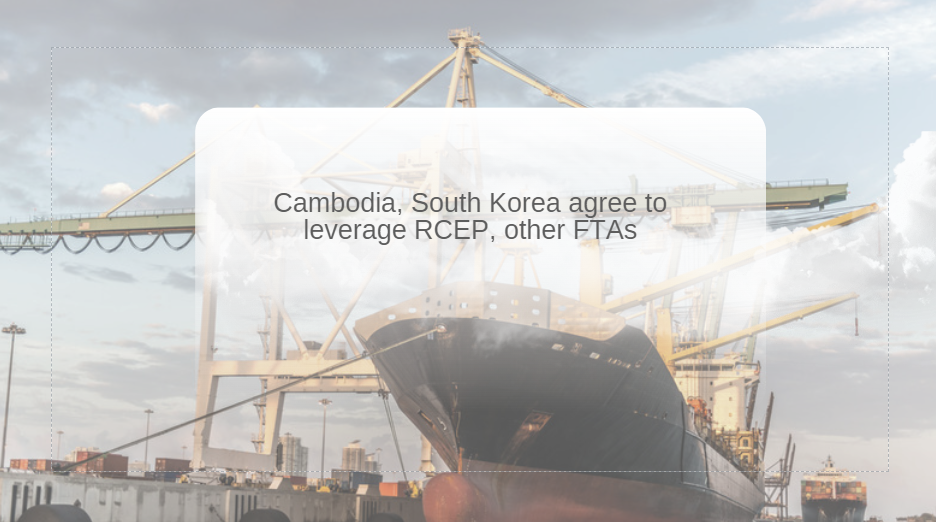China's Fixed-Asset Investment: A Comprehensive Analysis of Q1 2024 Growth Trends
China's fixed-asset investment displayed a resilient and steady growth trajectory in the first four months of 2024, a testament to the efficacy of government policies designed to stimulate and sustain effective investment. According to data from the National Bureau of Statistics (NBS), China's Fixed-Asset Investment rose by 4.2% year-on-year, reaching a formidable total of 14.34 trillion yuan (approximately 2.02 trillion USD).
Sectoral Investment Dynamics
Infrastructure and Manufacturing: Pillars of Growth
The infrastructure and manufacturing sectors emerged as the stalwarts of this growth period. Infrastructure investment increased by 6%, underscoring the nation's commitment to fortifying its foundational frameworks. Meanwhile, manufacturing investment surged by an impressive 9.7%, reflecting a robust drive towards industrial enhancement and capacity expansion. These sectors form the backbone of China's economic architecture, and their growth is crucial for sustained economic vitality.
High-Tech Industries: A Beacon of Innovation
The high-tech industries experienced remarkable investment inflows, reinforcing China's strategic pivot towards technological advancement and innovation. Investment in this sector rose by 11.1% year-on-year, with high-tech manufacturing and services growing by 9.7% and 14.5%, respectively. This robust growth highlights China's unwavering focus on nurturing a cutting-edge, knowledge-based economy that can compete on a global scale.
Equipment and Instruments: Catalysts of Modernization
One of the most striking figures was the 17.2% increase in investment in equipment and instruments, a rate significantly outpacing the overall FAI growth by 13 percentage points. This surge underscores a concerted effort to modernize industrial capabilities and enhance productivity through state-of-the-art machinery and equipment. Such investments are critical for maintaining technological competitiveness and driving economic efficiency.
Real Estate Sector: Navigating Adjustments
In contrast to the overall positive trend, investment in property development saw a 9.8% decline year-on-year, indicative of the ongoing recalibration within China's real estate market. Despite this downturn, the broader investment landscape remained robust, with FAI excluding property development climbing by 8.9%. NBS spokesperson Liu Aihua highlighted the government's proactive stance in fostering a new development model for real estate, aimed at promoting sustainable and high-quality growth within the sector.
Government-Approved Projects: Strategic Prioritization
The National Development and Reform Commission (NDRC) reported the approval of 50 fixed-asset investment projects valued at 320.7 billion yuan (about 45.1 billion USD) during the January-April period. These projects, primarily in high-tech industries and water conservation, reflect strategic priorities that align with national goals of environmental sustainability and technological progression. Notably, April alone saw the approval of 20 projects worth 115.2 billion yuan, showcasing a vigorous and proactive investment strategy.
Future Outlook: Embracing Market Dynamics
Looking ahead, the Chinese government aims to harness the dynamism of market entities, encouraging private sector involvement in fixed-asset investments. This strategy includes promoting the renewal of equipment and the trade-in of consumer goods, fostering an environment that supports continuous investment growth. By leveraging market mechanisms, China seeks to sustain its economic momentum and cultivate a more vibrant investment landscape.
In conclusion, China's fixed-asset investment landscape in early 2024 reveals a nuanced and dynamic growth pattern, driven by strategic government policies and sector-specific advancements. While challenges persist, particularly within the real estate sector, the overall investment trajectory is buoyant, supporting China's broader ambitions of economic modernization and sustainable development. This intricate balance of growth across various sectors underscores China's resilient and adaptive economic strategy.






















































First, please LoginComment After ~